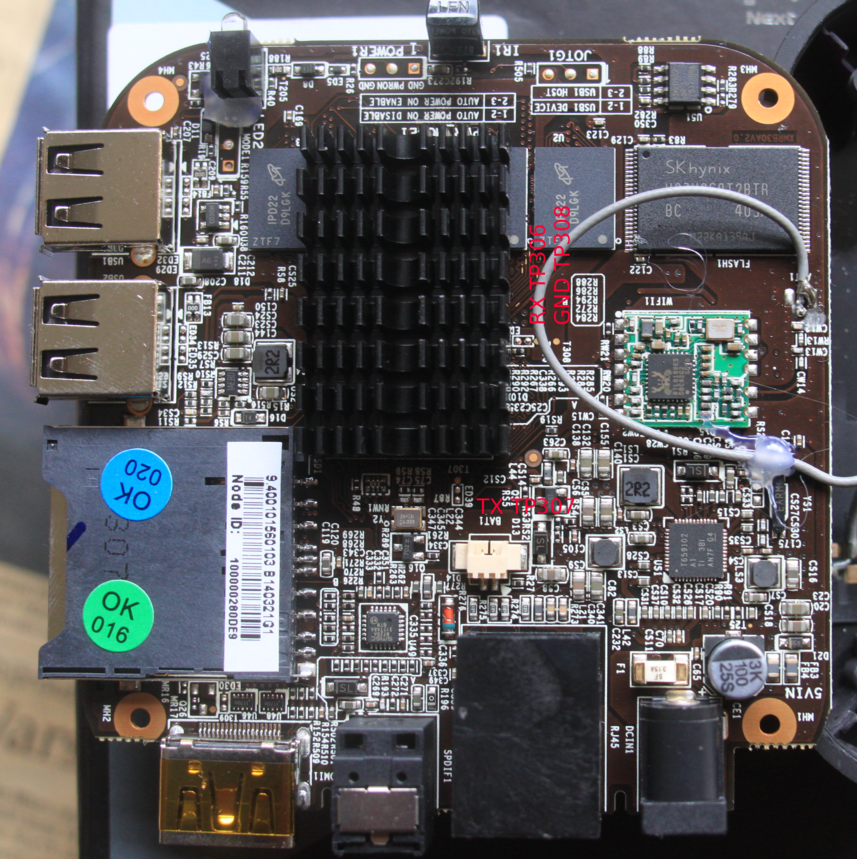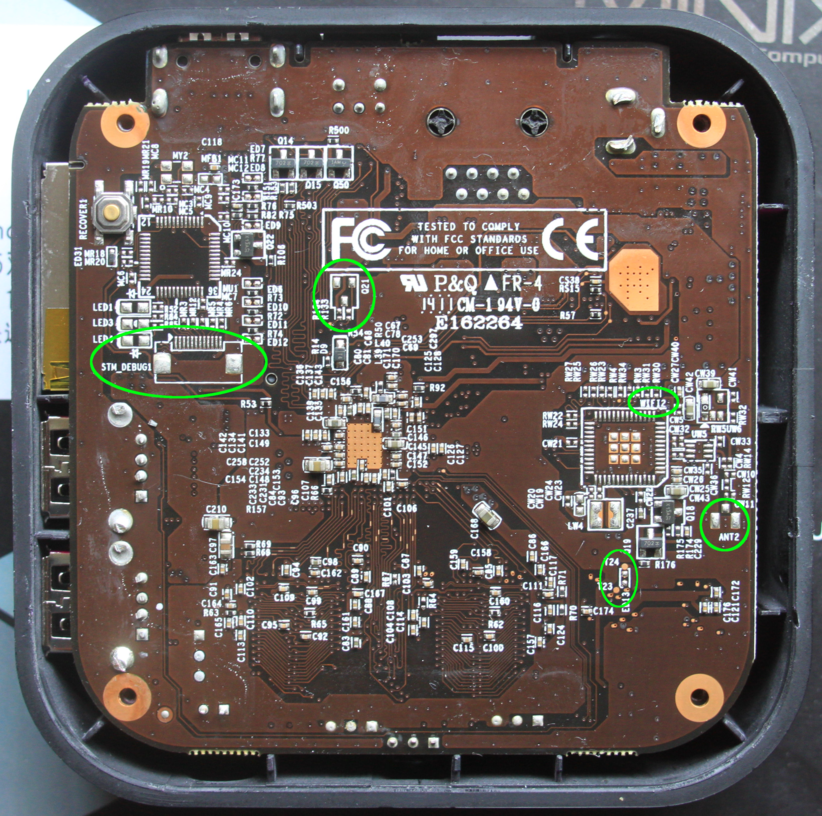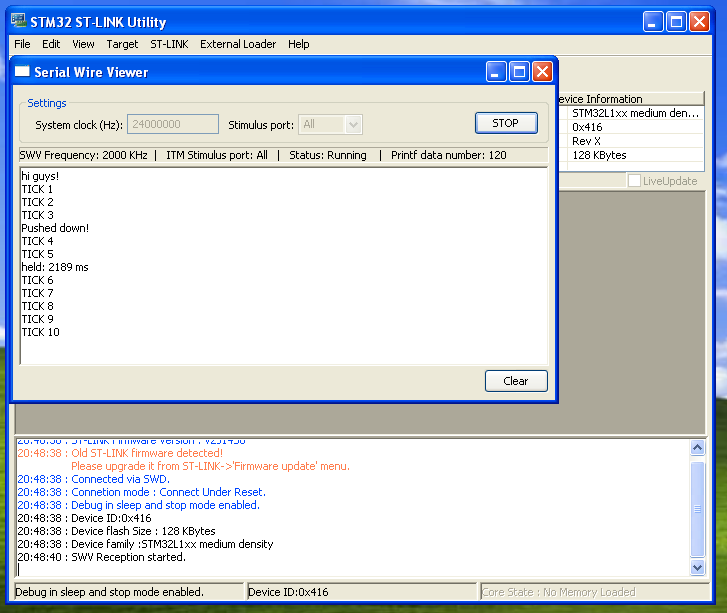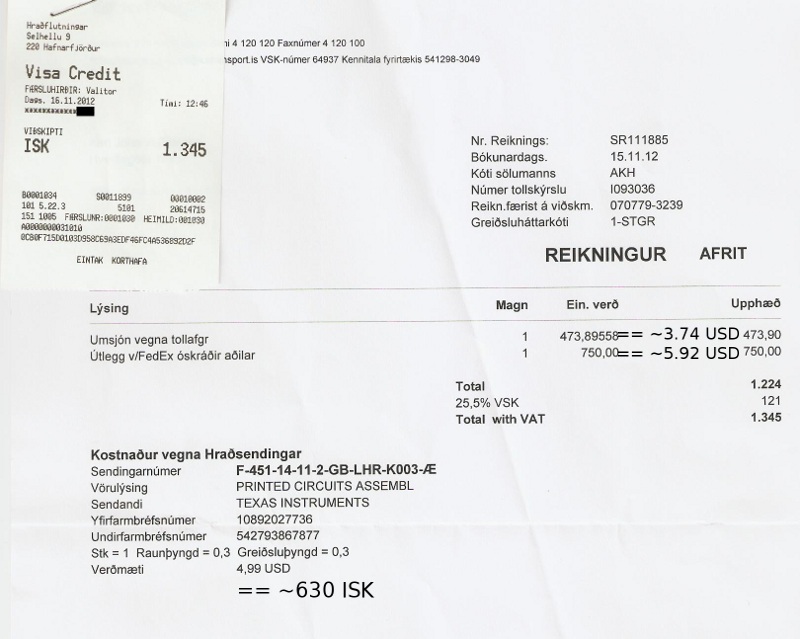Surprise cooking post! Rum balls are somewhat common in some families in Australia around christmas, but about the only thing many of them have in common is being mostly chocolatey, mostly with some sort of alcohol flavour, and normally somewhat ball shaped, and rolled in coconut. Here’s the original recipe copied out of my handwritten recipe book, copied from my mother’s hand written recipe book.
Ingredients:
- 220g sweet biscuits, crumbled
- 2 tbsp cocoa
- 1/2 cup coconut
- 1/2 powdered milk
- 1/2 glazed cherries
- 400g tin of condensed milk
Now, that’s the original in the book. I’m sure it’s lovely, but mine are a little different. Firstly, what are “sweet biscuits” ?! In Australia we would use “Scotch finger” biscuits. Here in Iceland, I use “Marie” biscuits. Anything plainish but still sweet is what you’re looking for. In Iceland, at least this year, Marie biscuits come in twin pack tubes, 2x200g. Don’t worry about the 20g :)
Next up, “2 tbsp” In Australia, at least when the recipe was written, that’s a tablespoon, not a desertspoon. (And not a teaspoon) I use 3 regular food eating spoons. (It won’t make much difference in this recipe, but it will in some others)
Powdered milk is an odd product too, but very important in this sort of thing. Skim milk or whole milk doesn’t make an awful lot of difference in this recipe. In Iceland, the only place selling this as of December 2014 that I’m aware of is Fjarðarkaup. MS manufacturers it, but only in 25kg bags. In other countries this is often readily available.
Condensed milk is also unusual. This is most definitely not evaporated milk, don’t even try. In Iceland, this is available in most of the asian groceries, I get it at Mai Thai on Laugavegur. Nestle makes and sells it worldwide, but there’s other brands too. In Singapore for instance, this stuff is used instead of milk in coffee. (It’s a wonderful product, worthy of further mention)
Glazed cherries can be replaced with whatever you prefer, or as I do, simply omitted. (I find the 1/2 cup in the original far too much at least, and as they’re somewhat difficult to find (notice a theme?) here, I just don’t use them)
Finally, notice that there’s no rum in that recipe. I use a good 2-3 shots or so. You want dark rum, but I’d avoid spiced stuff. Austalians would use Bundaberg, here in Iceland I’ve used “Old Navy”, and really any of the dark unspiced carribean rums. It doesn’t have to be fancy stuff.
Ok, ingredients in hand, hopefully. Now what? You just mix them all up. Crumbling biscuits can be tedious. A food processor works really well for this. Once it’s all mixed up evenly, put it in a covered container in the fridge overnight. The next day, (later that week, etc) you fill up a bowl with further coconut, spoon out chunks of the mixture, roll it out to a smooth ball between your hands, then drop it in the coconut and roll it around to coat it. Here’s some pictures of making them
Pile up all this coated balls back into a box and keep them in the fridge. Yummy. A lot easier than it sounds, once you’ve got the ingredients together :)



